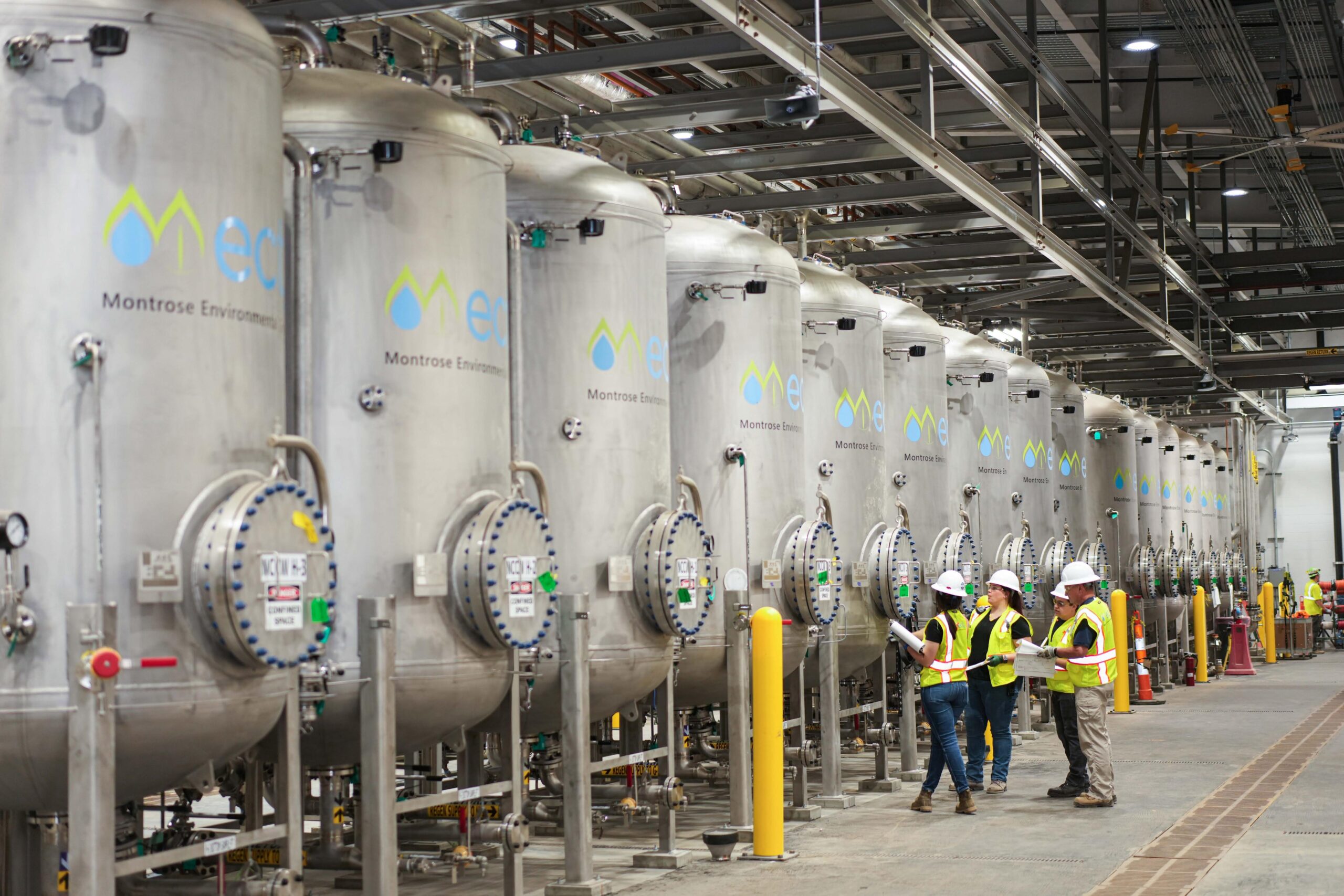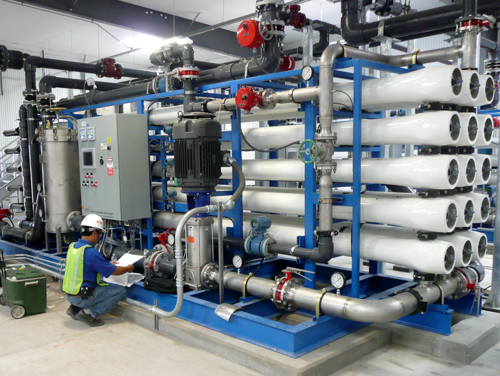The Complete Guide to PFAS Treatment for Environmental Contamination
How PFAS Therapy Guarantees Clean and Sustainable Water
The visibility of PFAS, generally known as "forever chemicals," postures significant difficulties to water quality and public health. The implications of these therapies expand past instant health and wellness benefits; they raise critical questions concerning lasting water monitoring approaches that need to be dealt with to guarantee a durable future.

Recognizing PFAS Contamination
PFAS, or per- and polyfluoroalkyl substances, have emerged as a substantial environmental worry as a result of their widespread occurrence and determination in the setting. These synthetic chemicals have been made use of in various commercial applications and customer products, consisting of non-stick pots and pans, waterproof clothes, and food product packaging, due to their distinct properties such as water and grease resistance.
The contamination of dirt and water resources by PFAS occurs mainly with commercial discharges, firefighting foam use, and leaching from landfills. pfas management. When launched, these materials are resistant to deterioration, bring about their buildup in the environment. This persistence increases vital problems, as PFAS can take a trip lengthy ranges via groundwater and surface area water supply, affecting drinking water supplies and environments

Health And Wellness Threats of PFAS
The perseverance of PFAS in the setting elevates significant health concerns for people revealed to these compounds. Referred to as "for life chemicals," PFAS do not damage down conveniently and can gather in bodies with time. Study has actually connected PFAS direct exposure to different unfavorable health and wellness effects, including immune system dysfunction, liver damages, and raised threat of particular cancers cells - pfas management. Significantly, research studies have shown elevated cholesterol degrees and prospective effects on reproductive and developmental wellness, especially in pregnant people and babies.
The ubiquity of PFAS in consumer items, such as non-stick kitchenware, water-repellent materials, and food product packaging, additional amplifies the danger of exposure. Consuming water contaminated with PFAS is a considerable concern, as these chemicals can seep into groundwater resources. Vulnerable populaces, including children and those living near commercial sites, might deal with increased risks as a result of their developing systems and prospective for greater direct exposure levels.
As understanding of these wellness risks remains to grow, governing agencies are beginning to develop standards for PFAS degrees in drinking water. Public health efforts are important to reduce exposure and secure areas from the lasting effects of these dangerous substances.

Innovative Therapy Technologies
How can we properly tackle the obstacles posed by PFAS contamination in water resources? Innovative treatment modern technologies are emerging as vital solutions in the pursuit for clean water. These techniques concentrate on the removal or damage of per- and polyfluoroalkyl substances (PFAS), which are well-known for their perseverance in the atmosphere.
One encouraging method is adsorption making use of advanced products, such as activated carbon and ion exchange resins. These products have actually shown effectiveness in recording PFAS molecules from water. One more noteworthy modern technology is membrane purification, which uses nanofiltration and reverse osmosis to different impurities at the molecular level, hence providing a barrier versus PFAS.
In addition, advanced oxidation procedures (AOPs) utilize strong oxidants to break down PFAS substances into harmless byproducts. This approach is especially reliable for treating extremely infected water sources. Bioremediation techniques, using specific microorganisms, are additionally being explored to degrade PFAS.
As research continues, hybrid systems that combine multiple technologies may use improved efficiency, attending to the intricacies of PFAS contamination. The advancement hop over to here and application of these ingenious therapy innovations are necessary actions towards making certain the safety and security and sustainability of our water sources.
Advantages of Efficient PFAS Treatment
Successfully treating PFAS contamination in water sources dramatically boosts public health and wellness and environmental safety and security. PFAS, commonly referred to as "forever chemicals," are immune to destruction and can build up in the human body, bring about significant health and wellness risks such as cancer cells, liver damage, and body immune system dysfunction. By carrying out efficient therapy techniques, communities can lower exposure to these hazardous substances, inevitably enhancing the health outcomes of their populaces.
Additionally, effective PFAS treatment adds to the preservation of neighborhood ecological communities. Contaminated water can detrimentally impact aquatic life and interfere with the delicate balance of neighborhood habitats. By ensuring tidy water, therapy processes secure biodiversity and maintain environmental integrity.
Furthermore, reliable PFAS remediation can cultivate public confidence in water top quality. When neighborhoods are ensured that their drinking water is devoid of damaging impurities, it promotes a sense of security and health. This trust is necessary for community engagement and assistance for recurring water management efforts.
Future of Water Sustainability
In the middle of expanding issues regarding water top quality and deficiency, the future of water sustainability pivots on innovative methods and collective initiatives. As communities face the impending hazards of contaminants like PFAS, the development of advanced treatment innovations is crucial. These modern technologies not only focus on the elimination of unsafe substances but also promote the reuse and recycling of water, consequently lowering overall demand.
Furthermore, efficient water governance plays a critical duty in ensuring sustainable practices. Policymakers must integrate scientific study with regulatory structures to develop clear guidelines for water usage and therapy. Stakeholder engagement, consisting of local click here now communities and markets, fosters a sense of shared duty and encourages lasting practices throughout different markets.
Investment in infrastructure is additionally critical; upgrading aging systems to incorporate contemporary purification and filtration methods can significantly boost water see high quality. Furthermore, welcoming eco-friendly technologies, such as all-natural filtering systems, can give green remedies.
Ultimately, the future of water sustainability depends on a holistic strategy that combines modern technology, policy, and neighborhood participation. By prioritizing these components, we can safeguard our water sources for generations ahead, guaranteeing tidy and sustainable water for all.
Final Thought
In verdict, the effective treatment of PFAS is crucial for making sure clean and sustainable water. Ultimately, robust PFAS therapy techniques add to long-term durability in water administration, cultivating public trust fund in water quality and promoting lasting practices.